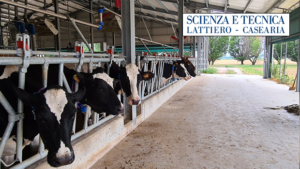
In the philosophy of the digital conference LattePiù, held last May, the interventions of the exporters photograph the state of the art of the sector with data analysis and collection of critical elements, but above all with the proposal of solutions, tools and good practices for operators and stakeholders.
[…]
When conducting a materiality analysis, an important critical element is everything that relates to environmental sustainability and the environmental impacts that are created along the dairy supply chain. “One of the most significant effects of climate change is linked to the availability of water, for this reason it is essential to implement an intelligent use of water resources”, recalls Marco Omodei Salè, Innovation Manager of CSOA Certificazioni . “It is essential to determine what the environmental impacts are, to do this we use the LCA – Life Cycle Assessment methodology which is based on the definition of the life cycle of the product being examined”, explains Emanuele Bonato of CSQA Certificazioni . This life cycle is divided into phases, from each of which data is extrapolated and inserted into dedicated software to generate a profile of the overall environmental impact generated.
[…]
When you want to communicate a water footprint study, you must be well aware that there are differences if the study is used within the company or if the will is to communicate it to an external subject, because in the latter case the law requires that the study be verified by a third party. Verification that begins with a documentary evaluation during which CSQA analyzes the study report created by the company, we proceed with identifying the processes that generate the greatest environmental impact. These processes will then be subject to an on-site and remote verification. At the end of the audit process, a certificate will be issued, a document that unlike the certificate does not expire.
[…]
Source: Dairy Science and Technology